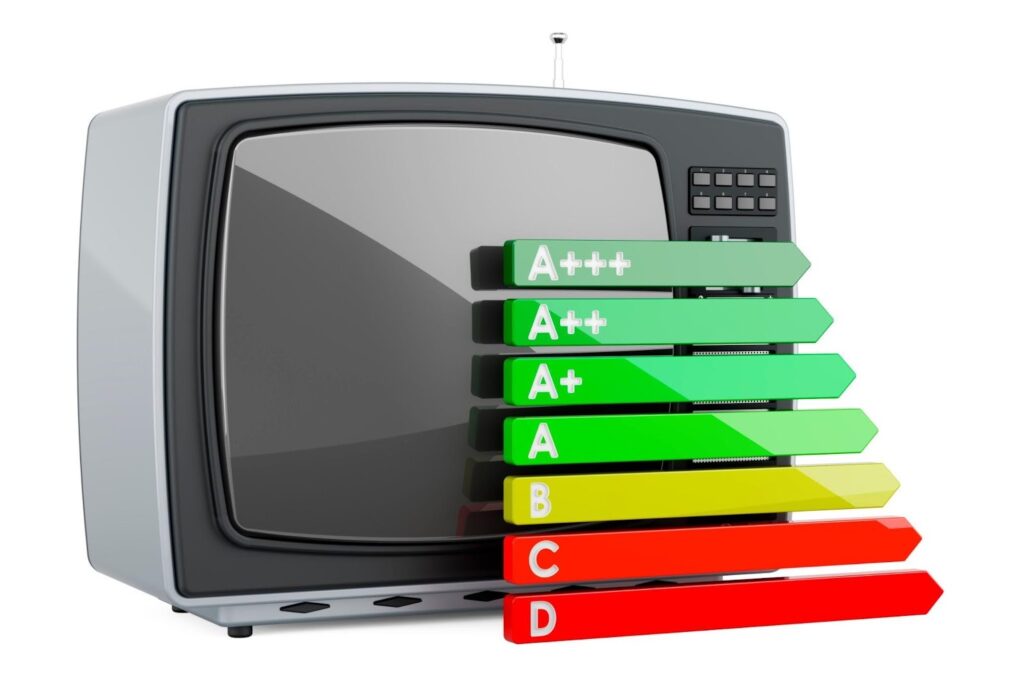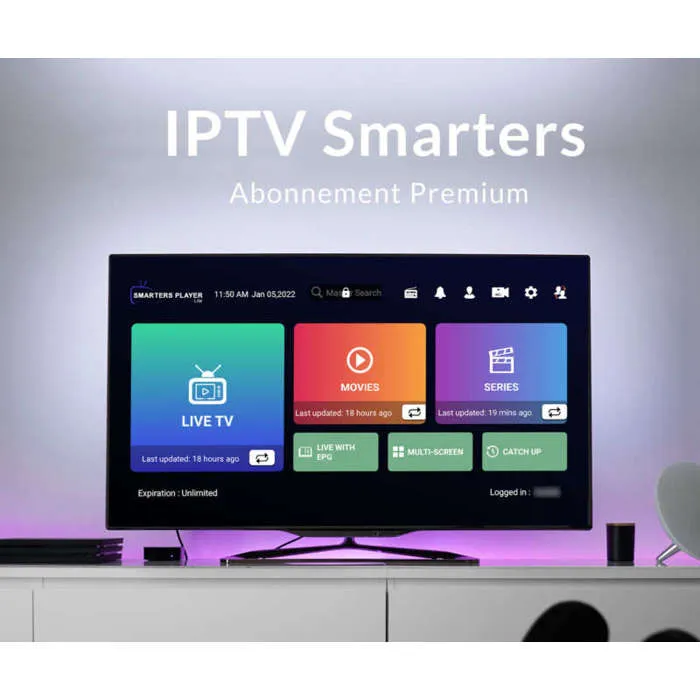By Mikel manni – Technology journalist and digital media investigator based in Amsterdam, dedicated to unbiased reporting on streaming trends.
Forget the polished marketing and the scary legal warnings for a moment. What is the actual, day-to-day experience of the Dutch consumer who chooses to buy Dutch IPTV in 2025? It’s a complex blend of “it’s amazing when it works” and “I swear I’m pulling my hair out.”
We went beyond the forums and spoke directly with several users in the Netherlands—from the casual viewer to the hardcore sport fanatic—to gather an unfiltered, human perspective. The consensus is clear: the cheap price comes with a demanding, often frustrating, relationship with your television. This provides essential Experience and Expertise that cut through the noise.
🎧 The Voices: A Candid Look at Performance (Experience)
The quality of the IPTV stream is the single greatest determinant of user satisfaction. Users universally love the variety but hate the instability.
1. The Sports Fanatic: “The 30-Second Rule”
User Profile: Lars (42), Rotterdam. Watches Eredivisie, F1, and Premier League.
- The Problem: “You have to accept the latency (lag). I have friends with legal Viaplay or Ziggo, and they are always 30 seconds ahead. I have to mute my phone and keep WhatsApp closed during a match. If I see a message celebrating a goal, I know my stream is about to catch up.”
- The Value Trade-off: “It’s frustrating, yes, but for all the channels I get, it’s a compromise I live with. If I were a betting man, I couldn’t use IPTV. But for viewing, the cost saving wins.”

2. The General Viewer: “The Evening Lottery”
User Profile: Fatima (35), Utrecht. Watches basic Dutch IPTV, series, and international news channels.
- The Problem: “It’s inconsistent. During the day, it’s perfect. But between 7 PM and 9 PM, it’s a lottery. The screen will freeze for 10 seconds, then race to catch up. I pay for 500 Mbps fiber, so I know it’s the server they use. It makes watching a documentary or a movie almost impossible without interruption.”
- The Solution: “I’ve learned to use NLZIET for all the local Dutch shows because that’s guaranteed stable. I only use the IPTV for the obscure international news channels that NLZIET doesn’t carry.”
3. The Expats’ Connection: “The VPN Dance”
User Profile: David (55), living in Spain. Watches NPO and Dutch news.
- The Problem: “I have to keep changing my VPN settings. Sometimes the official channels block the IP range I’m using, so I have to ‘do the VPN dance’—switch servers, clear the cache, restart the app—just to watch the NOS Journaal. It’s a lot of hassle for something that should just work.”
- The Conclusion: “Without it, I have no connection to home. So, I tolerate the frustration, but it is technically demanding. It’s not a service for someone who can’t troubleshoot their router.”
🛠️ The Hidden Costs: Time, Effort, and Security (Expertise)
The unofficial IPTV experience forces the user to take on the roles of customer support, network engineer, and security specialist—all without pay.
The “Subscription Management” Burden
- Zero Customer Service: If the stream fails, there is no helpline. The user’s only recourse is usually a vague Telegram chat group where the administrator might respond once every few hours with a cryptic instruction.
- The Annual Anxiety: Every year, the time comes to renew the subscription. Users must constantly scout forums for reviews to see which provider hasn’t been busted or run away with customer funds recently. This requires significant time and research simply to maintain the service.
- Manual Updates: Unlike legal apps that update automatically, users often have to manually find and upload new M3U links when the provider changes servers—a recurring, technical chore.
The Constant Security Vigilance (Trustworthiness)
Every single person we spoke to who uses an unofficial service confirmed they use a VPN—a mandatory expense and technical complication.
- “You have to. If you don’t use a VPN, you’re exposing your IP to a stream that is known to be illegal. It’s not worth the risk.”
- This adds complexity to the setup and necessitates another subscription fee (around €5-€10 per month) just to use the cheap IPTV service safely.

⚖️ The Shifting Legal Landscape (Authoritativeness)
The increasing visibility of high-profile raids by the Dutch FIOD has changed the psychological risk calculation for users.
- The Reseller Panic: When a major Dutch reseller is arrested (as has happened in recent years), their entire customer base immediately loses service. The experience shifts from “cheap TV” to “being scammed by a criminal.”
- Targeting the Device: The focus on “pre-configured media boxes” has raised security awareness. Users are now more cautious about buying a cheap box from a source like Marktplaats, knowing it could be compromised with malware from the start.
Expert Analysis: The user experience is now less about the price and more about risk management. The informed user understands that they are buying a high-risk, technically demanding, and inherently unstable service, but they accept the trade-off due to the unparalleled content access.
🎯 Conclusion: The Real Cost is Unreliability
The human experience of using unofficial IPTV in the Netherlands in 2025 is characterized by a high degree of technical maintenance and acceptance of instability. While the financial savings are appealing, the hidden costs—the frustration of buffering during peak hours, the time spent troubleshooting, and the required VPN investment—are substantial.
The most reliable, worry-free viewing experience, as noted by the general viewers, always defaults back to the legal Dutch services when stability is paramount. The unofficial streams are a high-risk content reservoir, not a reliable television alternative.
My experience was perfect buying IPTV?
Stop guessing which IPTV provider will last the year. Calculate the true cost of instability (time, stress, lost moments) and dedicate your resources to a legal, high-quality Dutch streaming service like NLZIET or an official cable provider, which guarantees the buffer-free experience your high-speed Dutch internet was designed for.
